This was one of my most memorable bird photography encounters ever.
In early April of 2013 Mia and I discovered a wayward pair of migrating Mountain Plovers on Antelope Island. They’re uncommon throughout their range and extremely rare in Utah so this sighting was likely the only experience I’ll ever have with the species. I was able to get many high quality photos of them and I’ve posted some of them previously but these images are new to my blog.
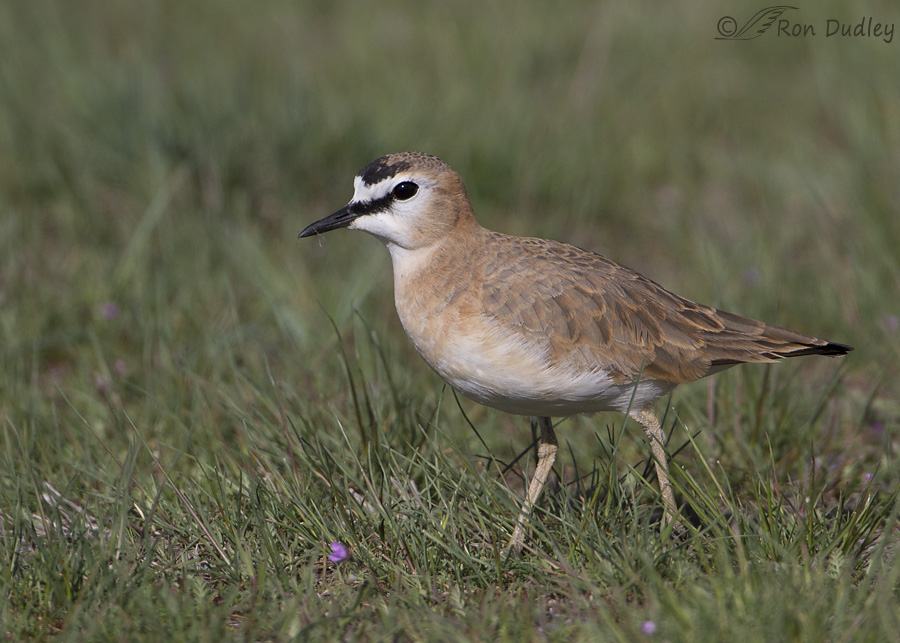
1/3200, f/7.1, ISO 400, Canon 7D, Canon EF 500mm f/4L IS USM + EF 1.4 II Extender, not baited, set up or called in
Sexes are similar but I suspect this bird may have been the male of the pair as his colors are slightly more contrasty and his rufous tones more distinct. Both birds were foraging for insects in the grasses and as you’ll see below they were very good at it.
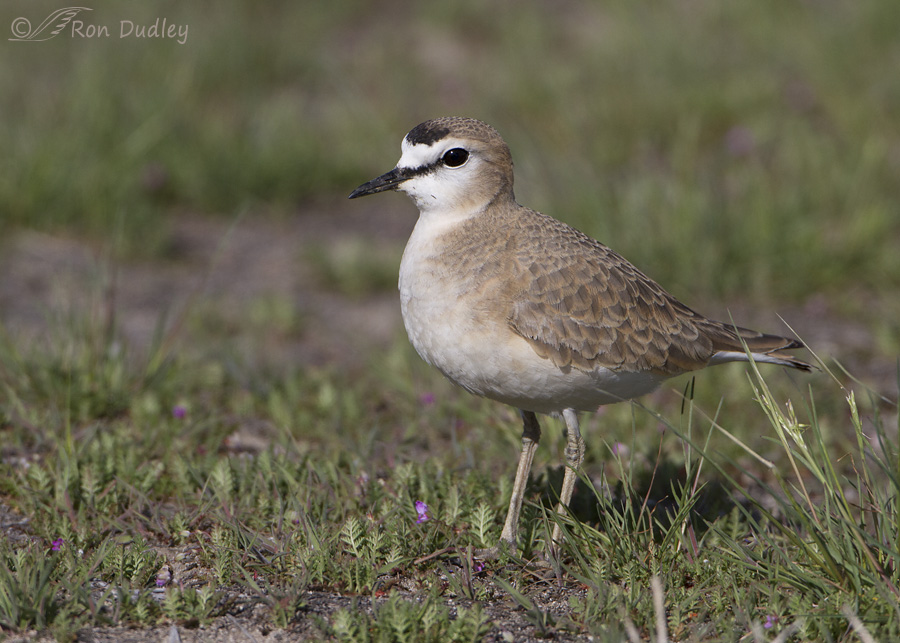
1/3200, f/7.1, ISO 400, Canon 7D, Canon EF 500mm f/4L IS USM + EF 1.4 II Extender, not baited, set up or called in
Presumable this more drab individual was the female. You’ll notice that Mountain Plovers lack the black breast bands (think Killdeer) typical of many plovers.
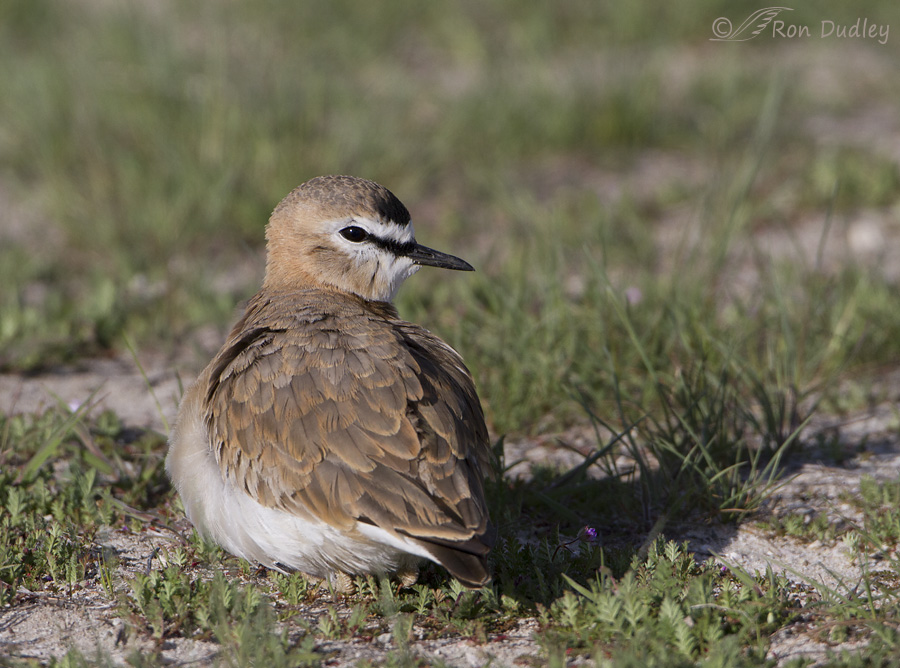
1/2000, f/8, ISO 400, Canon 7D, Canon EF 500mm f/4L IS USM + EF 1.4 II Extender, not baited, set up or called in
It was fascinating to watch their behaviors every time they perceived a potential threat. Whenever a Common Raven, Northern Harrier or Red-tailed Hawk would fly anywhere near they would stop foraging and hunker down in a small depression on the ground. They would lay low until the threat passed. This bird has just raised its head to see if it’s safe to begin foraging again.
This behavior results in the drably marked bird virtually disappearing in the grasses and has fostered the nickname “Prairie Ghost” among those who seek it out.
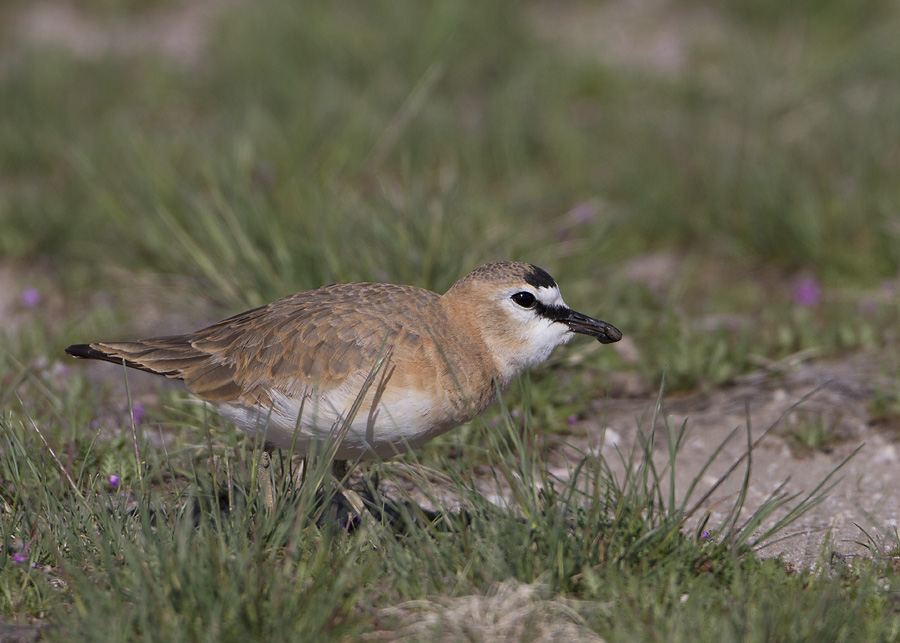
1/2500, f/7.1, ISO 400, Canon 7D, Canon EF 500mm f/4L IS USM + EF 1.4 II Extender, not baited, set up or called in
On their breeding range further north Mountain Plovers feed primarily on grasshoppers but early April is a little early for grasshoppers in Utah and these two were mostly eating insect larvae. Here the presumed male has one at the tip of his beak.
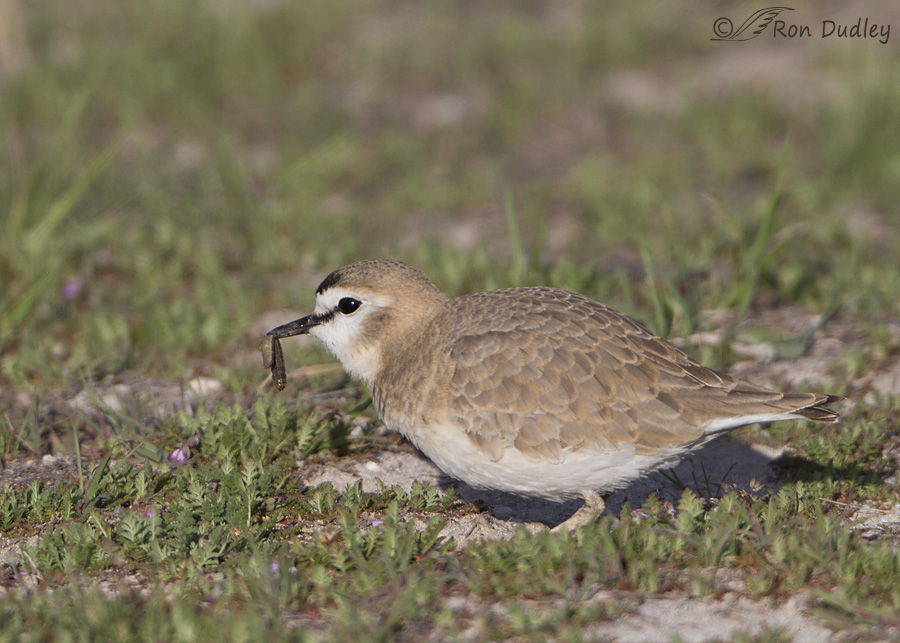
1/2500, f/7.1, ISO 640, Canon 7D, Canon EF 500mm f/4L IS USM + EF 1.4 II Extender, not baited, set up or called in
The female was no slouch at hunting either and here her prey can be more easily seen. Their typical foraging behavior has been described as follows: “they make a short run of about 1 meter, then stop and survey for insects moving on surface. Once prey is spotted, bird makes a second, quick run and jab to secure it”. And that’s exactly what these birds were doing.
They must have read the book.
Ron


Great opportunity to study the markings on this pair.And congrats on seeing them. I haven’t though in my field guide they are listed in the extreme south fo the province, but there are always exceptions.
Great photos!
If you look at any animal long enough you can see how much it looks like an alien, but it’s especially easy for mountain plovers. Something about the huge eyes.
And finding a rare bird is great, but for me, the best feeling is when you see a species you’ve never seen before and immediately identify it.
That’s exciting, finding a bird you don’t normally see. Beautiful bird, and nice shots Ron!
It WAS exciting, Jean. I literally had buck fever. Thanks.
Ron,
Several months ago or maybe over a year you posted one day on selective sharpening. Could you please send me a link to that day’s post? I have been unable to find it.
Stephen Clayson
Stephen, I suspect you’re referring to the following post. I included my sharpening recipe in my reply to a comment from Dick Harlow.
https://www.featheredphotography.com/blog/2016/02/02/how-the-kindness-of-a-stranger-kept-me-from-giving-up-photography/
Ron,
Thanks much.
Stephen
Beautiful little birds–interesting behavior. Like idea of “hunker down then carry on”…am taking notes….
“Like idea of “hunker down then carry on”…am taking notes….”
Good!
That’s a great philosophy for many of us, Patty – especially these days.
How wonderful.
A treat for you, and yet again the lesson that we have much to learn from the ‘lesser’ species. Hunker down, then carry on…
“Hunker down and then carry on” is often a great piece of advice for life in general, EC!
Speaking of having a lot to learn (and harkening back to the subject of critter language), I just listened to an NPR report that said chickens are a whole lot smarter (and more communicative) than we thought! Well, more than some of us thought. But I digress (again).
But I digress (again).
After our friend, the Goldeneye yesterday, I can say that it certainly is nice when animals have read the manual and behave accordingly.
Such a wonderful series! I agree with Laura — you’re the “Hank Aaron” of taking these magical shots!
The little purple wildfowers add a nice pop to the composition. We have them in our yard (the “weeds” are about the only “lawn” we’ve had in the drought and they’re green, so we leave them). This plant has an interesting adaptation as well. The seed pods are oddly-shaped with large terminal spikes pointing up in a cluster.
I just re-read this. Good grief, I am quite the bio geek. I’m also thinking about the bird beak lab I used to do with my students to illustrate natural selection pressures.
Nothing wrong with “bio-geek”, Marty!
And I’m glad you mentioned those flowers. They’re redstem filaree and they make a nice addition to many of my photos taken on the island in the spring.
Thank you for the ID.
Very lovely photo. You must be trying to think warm thoughts with all the snow we have.
It’s cold out there. It was 11 degrees a few minutes ago! I can imagine how cold it is at places like Farmington and Bear River!
“They must have read the book.” Thanks for the laugh.
I follow your posts daily and enjoy all the info scientific and photographic A question: what memory cards do you prefer?
Thanks, Thomas. I still prefer CF cards and my go to card is a Sandisk Extreme Pro 128 GB.
To get quality photos of a species you don’t expect to see has to be an amazing experience. Even though these birds don’t have the expected chest bands, they are still pretty recognizable as Plovers. These shots left me with a big smile on my face.
You’re right, Susan. It was an experience I won’t soon forget.
Love these pictures. And your description of th textbook behavior was priceless.
Thank you, Arwen.
You know, if you were a baseball player, you’d be a zillionaire. You routinely hit these things out of the ballpark with a loud and resounding crack!! And the crowd cheers! Again, well done!
One thing I know (among so many other things I don’t know) is that redtails generally clue in on movement, which can be the slightest whisker twitch. So the prospective prey item that can disappear into the background is highly likely to avoid becoming prey. And I just love the “prairie ghost” nickname.
Laura, these birds instinctively understand that “movement” thing. When they hunker down they’re virtually motionless until fairly long after the threat is past.
And that motionless strategy is part of the don’t-panic thing. I’m trying so hard to model that behavior with all the politics involved in life now. Can’t even put a smiley face on THAT!
Marvelous series Ron!
Charlotte
Thanks, Charlotte.
Great shots Ron!
Never have seen one. But, I remember other pictures you put up of this species and felt then that this is a beautiful and interesting bird.
Love the name “Prairie Ghost” suggests a lot about this species.
It does, Dick. They’re uncommon to start with and hard to find in their habitat so relatively few people have seen them.
Beautiful series of beautiful birds.:) I’m sure they stand out much more in your photo’s than in the actual environment. Spring will come sometime………. Actually “up” to zero this morning!
Judy, These plovers were very possibly heading your way during their stopover on the island. Do you ever see them on their breeding range up there?
I’ve seen a few along the creek later in the summer, but that’s it.